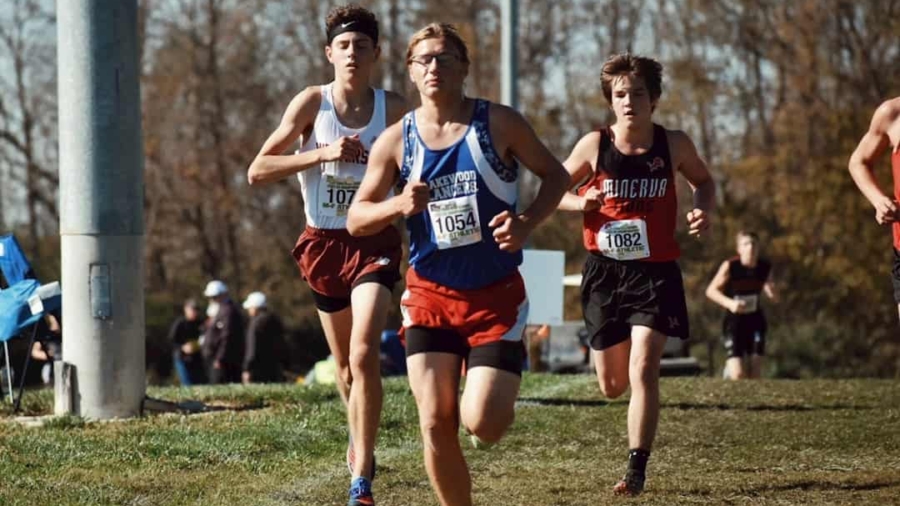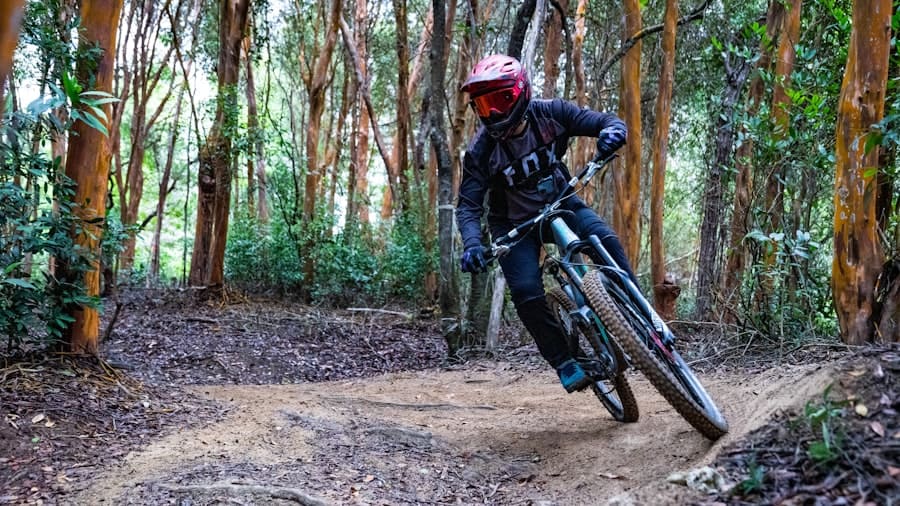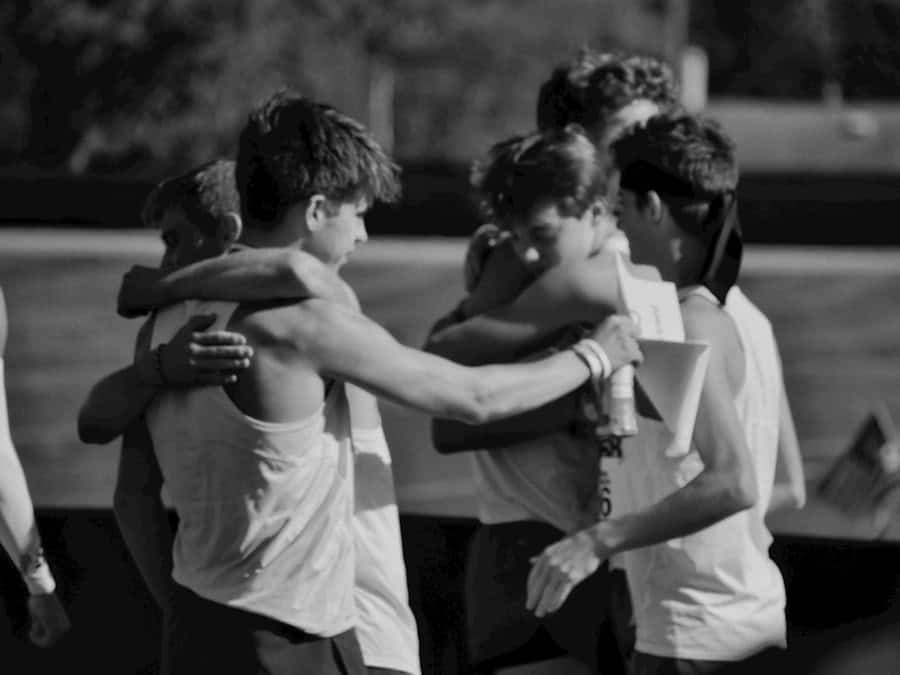The advent of artificial intelligence (AI) has revolutionized numerous industries, and extreme sports filming is no exception. Drones equipped with AI capabilities have transformed the way filmmakers capture high-octane activities, providing unprecedented perspectives and enhancing the overall viewing experience. These advanced aerial devices are not merely tools for capturing footage; they are intelligent systems that can analyze environments, track subjects, and adapt to dynamic conditions in real-time.
This integration of AI into drone technology has opened new avenues for creativity and storytelling in extreme sports, allowing filmmakers to push the boundaries of what is possible. As extreme sports continue to gain popularity, the demand for innovative filming techniques has surged. Traditional methods of capturing these adrenaline-fueled activities often fell short in delivering the excitement and intensity that audiences crave.
AI-enhanced drones have emerged as a solution, offering capabilities that were once thought to be the realm of science fiction. With features such as obstacle avoidance, automated tracking, and intelligent flight path planning, these drones are capable of following athletes through rugged terrains and unpredictable environments, ensuring that no moment of action is missed. The synergy between AI and drone technology is reshaping the landscape of extreme sports filmmaking, making it more immersive and engaging than ever before.
Key Takeaways
- AI-enhanced drones are revolutionizing extreme sports filming by providing innovative and dynamic perspectives.
- AI plays a crucial role in enhancing drone performance by enabling autonomous flight, obstacle avoidance, and intelligent tracking capabilities.
- The advantages of AI-enhanced drones in extreme sports filming include improved safety, precision, and the ability to capture unique and immersive footage.
- Challenges and limitations of AI-enhanced drones in extreme sports filming include technical issues, privacy concerns, and the need for skilled operators.
- Safety and ethical considerations in using AI-enhanced drones for extreme sports filming involve respecting privacy, ensuring the safety of athletes and spectators, and adhering to regulations.
- Examples of AI-enhanced drones in action in extreme sports filming include capturing fast-paced activities such as snowboarding, surfing, and mountain biking from dynamic angles.
- Future developments and innovations in AI-enhanced drones for extreme sports filming may include improved AI algorithms, longer flight times, and enhanced stability in challenging environments.
- The impact of AI-enhanced drones on the future of extreme sports filming is significant, as they enable filmmakers to push creative boundaries and capture breathtaking footage with unprecedented precision and creativity.
The Role of AI in Enhancing Drone Performance
Real-time Data Processing
AI plays a vital role in enhancing the performance of drones used in extreme sports filming. One of the most significant contributions of AI is its ability to process vast amounts of data in real-time. This capability allows drones to make instantaneous decisions based on their surroundings, which is crucial when filming fast-paced activities such as snowboarding, mountain biking, or surfing.
Enhanced Navigation and Situational Awareness
AI algorithms can analyze video feeds to identify obstacles in the drone’s flight path, enabling it to navigate complex environments safely and efficiently. This level of situational awareness was previously unattainable with traditional drone technology. Moreover, AI enhances the tracking capabilities of drones, allowing them to autonomously follow athletes as they perform stunts or navigate challenging terrains.
Autonomous Tracking and Creative Freedom
Using computer vision techniques, drones can recognize and lock onto specific subjects, adjusting their flight paths accordingly. This feature is particularly beneficial in extreme sports where athletes move rapidly and unpredictably. For example, during a downhill mountain biking event, an AI-enhanced drone can maintain a steady distance from the rider while adapting its altitude and speed to capture dynamic angles without losing sight of the action. This autonomous tracking not only reduces the need for manual piloting but also enables filmmakers to focus on creative aspects rather than technical challenges.
Advantages of AI-Enhanced Drones in Extreme Sports Filming
The advantages of AI-enhanced drones in extreme sports filming are manifold, significantly elevating the quality and creativity of the captured footage. One of the primary benefits is the ability to achieve cinematic shots that were previously difficult or impossible to obtain. With advanced stabilization algorithms powered by AI, drones can produce smooth and steady footage even in turbulent conditions.
This is particularly important in extreme sports where rapid movements and environmental factors can lead to shaky or unusable video. The result is a polished final product that enhances the viewer’s experience and immerses them in the action. Another significant advantage is the efficiency and safety that AI brings to drone operations.
In extreme sports settings, where conditions can change rapidly and unpredictably, having a drone that can autonomously adjust its flight path reduces the risk of accidents. For instance, during a cliff diving shoot, an AI-enhanced drone can automatically ascend or descend based on the diver’s movements, ensuring that it remains at a safe distance while still capturing breathtaking angles. This capability not only protects the equipment but also ensures the safety of both athletes and crew members on the ground.
Furthermore, by automating many aspects of flight control and footage capture, filmmakers can allocate their resources more effectively, focusing on other critical elements of production.
Challenges and Limitations of AI-Enhanced Drones in Extreme Sports Filming
Despite their numerous advantages, AI-enhanced drones also face several challenges and limitations when it comes to extreme sports filming. One significant hurdle is the reliance on GPS signals for navigation and positioning. In remote or rugged terrains where GPS coverage may be weak or nonexistent, drones can struggle to maintain accurate positioning.
This limitation can hinder their ability to follow athletes effectively or navigate complex environments safely. Filmmakers must often find creative solutions to mitigate these issues, such as using ground-based beacons or alternative navigation systems. Another challenge lies in the complexity of programming AI algorithms for diverse extreme sports scenarios.
Each sport presents unique dynamics and requirements that must be accounted for in the drone’s programming. For example, filming a high-speed motocross event requires different tracking algorithms compared to capturing a serene kayaking scene on a calm river. Developing versatile AI systems that can adapt to various sports without extensive reprogramming remains a significant technical challenge.
Safety and Ethical Considerations in Using AI-Enhanced Drones for Extreme Sports Filming
The use of AI-enhanced drones in extreme sports filming raises important safety and ethical considerations that filmmakers must address. Safety is paramount when operating drones in environments where athletes are performing high-risk activities. Filmmakers must ensure that their drones do not pose a threat to participants or spectators.
This includes adhering to local regulations regarding drone flight paths and altitudes, as well as implementing fail-safe mechanisms that allow drones to return safely if they encounter technical issues. Ethical considerations also come into play when using drones for filming extreme sports. The presence of drones can alter the natural behavior of athletes or wildlife in the vicinity, potentially impacting their performance or habitat.
Filmmakers must be mindful of these effects and strive to minimize disturbances during shoots. Additionally, issues related to privacy arise when drones capture footage in public spaces or private properties without consent. Establishing clear guidelines for responsible drone use is essential to ensure that filmmakers respect both the rights of individuals and the integrity of the environments they are filming.
Examples of AI-Enhanced Drones in Action in Extreme Sports Filming
Several notable examples illustrate the capabilities of AI-enhanced drones in extreme sports filming, showcasing how these technologies have transformed visual storytelling. One prominent case is the use of DJI’s Mavic 3 drone during a snowboarding event in the Swiss Alps. Equipped with advanced obstacle avoidance systems and intelligent tracking features, this drone was able to follow snowboarders down steep slopes while avoiding trees and other hazards.
The resulting footage captured breathtaking aerial views that highlighted both the beauty of the landscape and the skill of the athletes. Another compelling example comes from Red Bull Media House, which has utilized AI-enhanced drones for various extreme sports projects. During a recent wingsuit flying event filmed in Norway, drones equipped with AI-driven tracking capabilities were able to follow athletes as they soared through narrow fjords at high speeds.
The drones adjusted their altitude and speed dynamically based on the athletes’ movements, resulting in stunning shots that showcased both the thrill of wingsuit flying and the dramatic Norwegian scenery. These examples demonstrate how AI-enhanced drones are not only improving safety and efficiency but also elevating the artistic quality of extreme sports films.
Future Developments and Innovations in AI-Enhanced Drones for Extreme Sports Filming
The future of AI-enhanced drones in extreme sports filming promises exciting developments and innovations that will further enhance their capabilities. One area poised for growth is the integration of machine learning algorithms that allow drones to learn from previous flights and improve their performance over time. By analyzing past footage and flight data, these drones could develop more sophisticated tracking techniques tailored to specific sports or environments, resulting in even more dynamic and engaging footage.
Additionally, advancements in battery technology could lead to longer flight times for drones used in extreme sports filming. Current limitations often restrict flight durations to around 20-30 minutes, which can be insufficient for capturing extended events or sequences. Innovations such as lightweight energy-dense batteries or solar-powered systems could significantly extend operational timeframes, allowing filmmakers to capture more content without frequent interruptions for recharging.
The Impact of AI-Enhanced Drones on the Future of Extreme Sports Filming
The integration of AI into drone technology has fundamentally altered the landscape of extreme sports filming, providing filmmakers with tools that enhance creativity while ensuring safety and efficiency. As these technologies continue to evolve, they will undoubtedly lead to even more innovative approaches to capturing high-energy activities from unique perspectives. The ability to autonomously track athletes, navigate complex environments, and produce high-quality footage will redefine how audiences experience extreme sports content.
As filmmakers embrace these advancements, they will also need to navigate the accompanying challenges and ethical considerations associated with drone use. By prioritizing safety and responsible practices while leveraging cutting-edge technology, they can create compelling narratives that resonate with viewers while respecting both participants and environments alike. The future holds immense potential for AI-enhanced drones in extreme sports filmmaking, promising an exciting evolution in how stories are told through aerial perspectives.
If you’re interested in the latest technology trends, you may also enjoy reading TheNextWeb Brings Insights to the World of Technology. This article provides valuable insights into the world of technology and how it is shaping our future. Just like AI-enhanced drones are revolutionizing extreme sports filming, technology is constantly evolving and impacting various aspects of our lives.
FAQs
What are AI-enhanced drones?
AI-enhanced drones are unmanned aerial vehicles equipped with artificial intelligence technology that allows them to perform autonomous tasks, such as obstacle avoidance, object tracking, and intelligent flight path planning.
How do AI-enhanced drones assist in extreme sports filming?
AI-enhanced drones can capture dynamic and high-speed movements in extreme sports by autonomously tracking athletes, avoiding obstacles, and adjusting their flight path to get the best shots. This allows for more immersive and thrilling footage of extreme sports activities.
What are the benefits of using AI-enhanced drones for extreme sports filming?
Using AI-enhanced drones for extreme sports filming offers several benefits, including the ability to capture unique and dynamic perspectives, reduce the need for manual piloting, and enhance the overall production quality of the footage.
What AI technologies are commonly used in AI-enhanced drones for extreme sports filming?
AI technologies commonly used in AI-enhanced drones for extreme sports filming include computer vision for object recognition and tracking, machine learning for intelligent flight path planning, and obstacle avoidance algorithms for safe and reliable operation.
Are there any limitations to using AI-enhanced drones for extreme sports filming?
While AI-enhanced drones offer many advantages for extreme sports filming, they may still face limitations such as battery life, weather conditions, and regulatory restrictions on drone usage in certain locations. Additionally, the cost of acquiring and maintaining AI-enhanced drones can be a limiting factor for some filmmakers.



